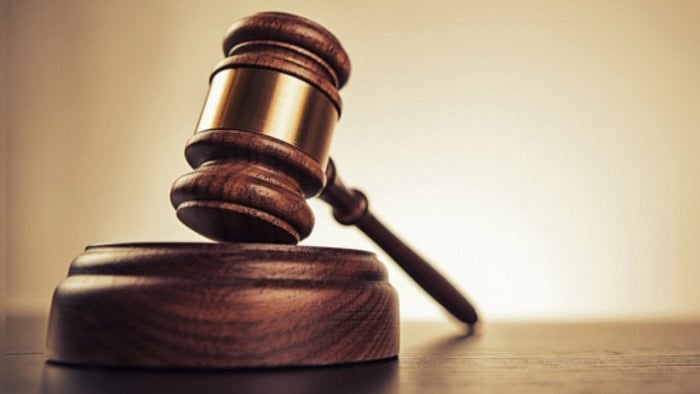
In an important judgement, the Supreme Court on Tuesday said state governments cannot determine 'creamy layer' of a backward class solely on the basis of annual income or economic criteria, to deprive the group benefit of reservation in jobs and admission to educational institutions.
A bench of Justices L Nageswara Rao and Aniruddha Bose pointed out that the Supreme Court’s judgment in Indra Sawhney case (Mandal Commission case) (1992) has clearly laid down that social, economic and other factors have to be taken into account for the purpose of determining the ‘creamy layer’ within a backward class and then exclude them from quota benefits.
The top court passed its judgement while striking down a 2016 notification of the Haryana government to deny benefits of reservation to those among the backward classes with an annual earning of Rs 6 lakh and above.
It directed the Haryana government to bring about out a fresh notification to determine ‘creamy layer’ among the other backward classes (OBCs) within three months by considering social backwardness and other factors, in addition to the economic criterion.
Though the Haryana Backward Classes (Reservation in Services and Admission in Educational Institutions) Act, 2016 provided for considering social, economic as well as some other factors in defining ‘creamy layer’, the court pointed out the notification issued on August 17, 2016, mentioned monetary income of Rs six lakh as the only criterion.
“Strangely, by the notification dated August 17, 2016, the identification of ‘creamy layer’ amongst backward classes was restricted only to the basis of economic criterion. In clear terms, this court held in Indra Sawhney (case) that the basis of exclusion of ‘creamy layer’ cannot be merely economic,” the bench said.
The bench said that the notification was in flagrant violation of the directions issued in the Indra Sawhney case.
The court also objected to the state government's decision in clubbing income from salaries or agricultural land in determining the gross annual income for the purpose of defining creamy lawyer.
This was at variance with the 1993 memorandum issued by the Union government on revision of income criteria to exclude socially advanced sections (‘creamy Layer’) from the purview of reservation for OBCs.
The current annual income limit for 'creamy layer' under the Central government is Rs 8 lakh.
The court's judgement came on a plea by 'Pichra Warg Kalyan Mahasabha', which had challenged the validity of the 2016 notification on the ground that it not only breached the guidelines laid down by the top court in Indra Sawhney case but also was discriminatory for creating a sub-classification within the same class.
The notification stated children of persons having gross annual income up to Rs three lakh would first get the benefit of reservation.
The left-out quota shall go to that class of backward classes of citizens who earn between Rs three lakh and Rs 6 lakh per annum. The sections of backward classes earning above Rs six lakh per annum would be considered as ‘creamy layer’ under the Act.
The state government, for its part, defended the notification, saying the sub-classification was to ensure that people with lower income amongst backward classes get the maximum benefit of reservation.
Check out DH's latest videos:

